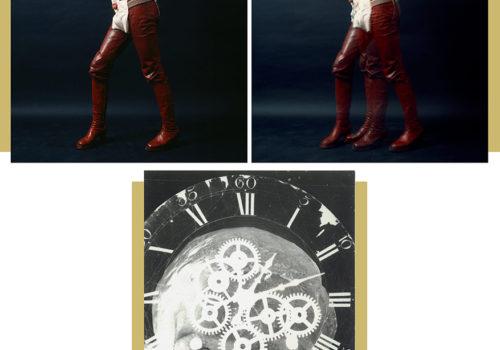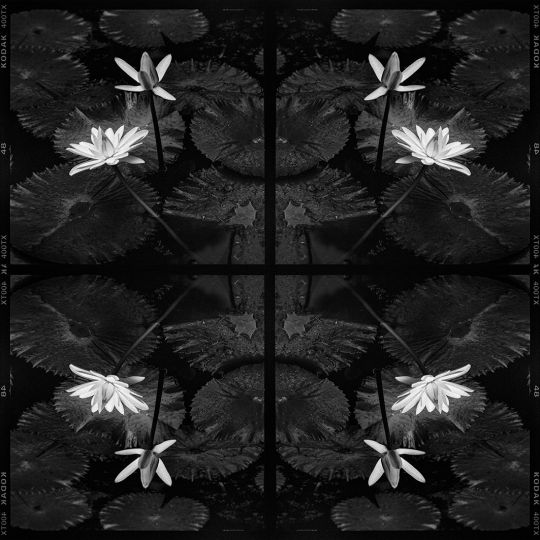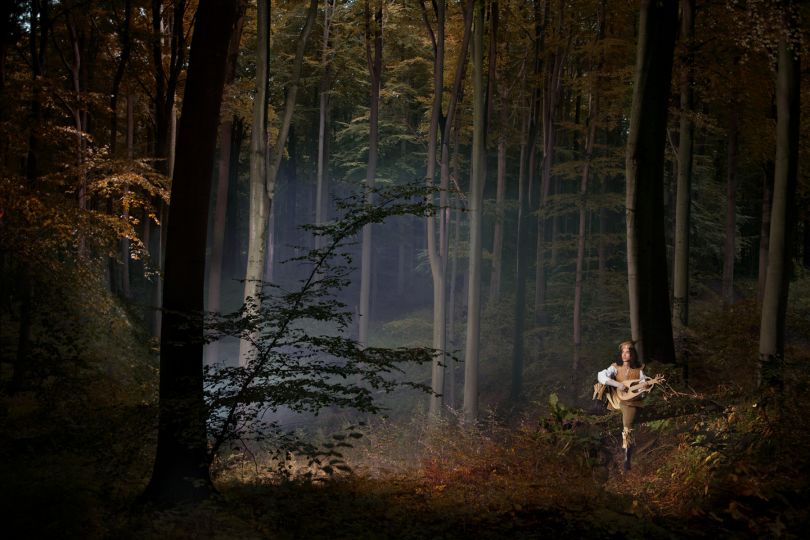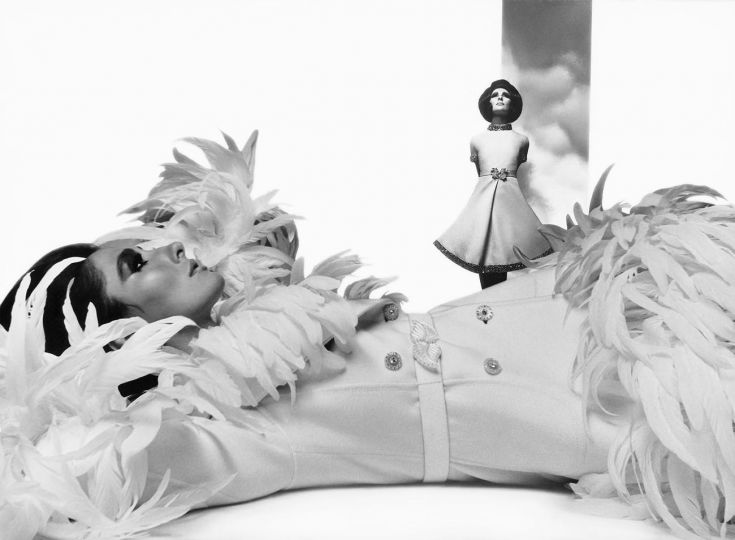This is the 35th dialogue of the Collezione Ettore Molinario. A dialogue celebrating the entry into the collection of such an extraordinary artist as Jürgen Klauke. But it is also an opportunity to put the original vinyl of Transformer, Lou Reed’s masterpiece, back on the turntable. For those who want to read this score of disruptive images and music please sit back, put on your headphones and relax: the notes of Perfect Day start playing. And as Lou Reed sang, problems all left alone.
Ettore Molinario
It happened exactly fifty years ago, and it is an important anniversary. In April 1974, the exhibition Transformer: Aspects of Travesty, curated by Jean-Christophe Ammann, shone at the Kunstmuseum in medieval Lucerne. If there is an event, a vision and a handful of provocative and revolutionary agents who inspired me, here they are, and one of the cornerstones of my collection is precisely the study of the artists who made of that exhibition their flagship. Indeed I could say that over the years I have moved in search of the protagonists of that time; I would like them all next to me. After Pierre Molinier, Urs Lüthi, The Cockettes, came Jürgen Klauke, a diptych, that I have always loved very much, is his Umarmung, a word that in German means embrace. Embracing the stranger within us and, by embracing it, subverting every gender because, as Klauke recalled, «I am the man who loves women and I am the man who seduces men». I am, added the artist, gentle and brutal, conqueror and victim, penetrating and penetrated. In one word, I am a saboteur of the peace. Public and private.
Sabotage is a wonderful verb. Sabotage derives from “sabot”, the French word for the clog that at the beginning of the industrial revolution, in a scenario of absolute poverty, workers inserted into the gears to block them, in order to protest and interrupt an alienating work rhythm. I don’t know if Gyula Szabó was a saboteur, but I know that showing the mental gears that determine us, those gears that form the time we live in and its laws, is a form of sabotage. And yes, in these monstrous gears, between cogwheels that devour the freedom to imagine oneself as fluid, different and therefore equal to oneself, Jürgen Klauke slipped his sabot. A sui generis kind of sabot, certainly, more red leather boot than wooden sole, more Michelangelo’s torso from which phalluses or faun horns unexpectedly emerge. More lipstick, mascara and a shaved head. More irony than violence. More Body Art.
At the end of the 1960s Jürgen Klauke began to sabotage the boredom of respectability and became a genderless creature, human and animal at the same time, so close to the world of Hieronymus Bosch. At the beginning of transformism, for him as for an entire generation, was Lou Reed’s seminal album, Transformer, released in 1972, and coincidentally David Bowie was among the producers, another splendid transformer who in the same years inaugurated the eternal season of Glam Rock. In 1972 Jürgen self-published the artist’s book Ich & Ich, meaning I & I, where he completed his artistic transition by alternating drawings with Polaroids. Two years later the Transformer exhibition opened and the title, in scarlet red, was a tribute to Reed’s album. The introduction to the exhibition catalogue was signed by Brian Eno and on the cover, hanging on the wall, there were jeans, cowboy boots and close by an evening dress, a fox stole and a pair of transparent pumps. He, she, and “in between”, the “drag zone”. At the time, Lou Reed defined himself as “pansexual”. And should Jürgen Klauke, wild Pan of our revolts, return to us, we would follow him into the thickest and hottest of all forests.
Ettore Molinario
DISCOVER COLLECTION DIALOGUES
https://collezionemolinario.com/en/dialogues
















